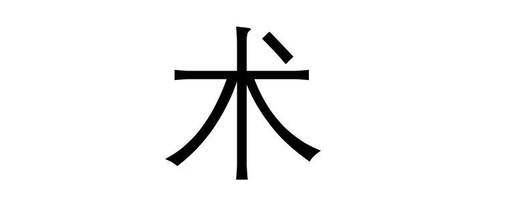The pulse is smooth and flowing, like beads rolling on a plate; this is a common understanding of the slippery pulse (hua mai). It can be diagnosed as phlegm, heat, pregnancy, food accumulation, or qi stagnation. This is correct, but it is only the first type of slippery pulse; there is another type that indicates deficiency. Jingyue states: “For all diseases of deficiency, there are often string-like slippery pulses (xian hua zhi mai), which indicates yin deficiency; those with diarrhea also often have string-like slippery pulses, indicating damage to the spleen and kidneys.” Qing Dynasty scholar Zhou Xuehai’s work, Mai Yi Jian Mo, quotes this text and adds the description of a pulse that is “like slippery”: “Upon sudden examination, it appears balanced, neither large nor small, without interruption, without overcoming, with a normal pulse rate, only feeling a smooth motion without a strong beat, flowing away gently, and upon slight pressure, it disappears; this indicates that the original qi has already been lost.”; “It is like beads, moving from the wrist to the inch without fluctuation.” Clinical verification shows that this type of pulse indeed exists, but it may not necessarily indicate that the qi has been lost; it could indicate a desire to escape, in any case, it is a severe deficiency; and it may not only be from the wrist to the inch, but can appear in a specific area. Its characteristic is “flat and straightforward.” The rough pulse (se mai) is the opposite of the slippery pulse. The common understanding is that it is difficult and coarse, like a knife scraping bamboo. The essence of this pulse is difficulty, unwillingness, just like forcing an extremely picky person to eat something they detest; they would rather starve than eat it. It is not simply a slow rate; the distinction from the slow pulse (chi mai) is quite clear. Mr. Li Shimao defines the rough pulse as having a small amplitude of pulsation, which is another form of the rough pulse. According to Wang Laotou, it is often deep and has a small pulsation; if it is a deficiency pattern, it will be weak (initial pressure may slightly increase the strength), prolonged pressure may lead to interruptions or even near absence of pulse; if it is a solid pattern due to obstruction, the strength may approach normal, and even if weak, there may occasionally be two or three beats that quicken and strengthen. The rough pulse in deficiency patterns is often found at the left wrist.

